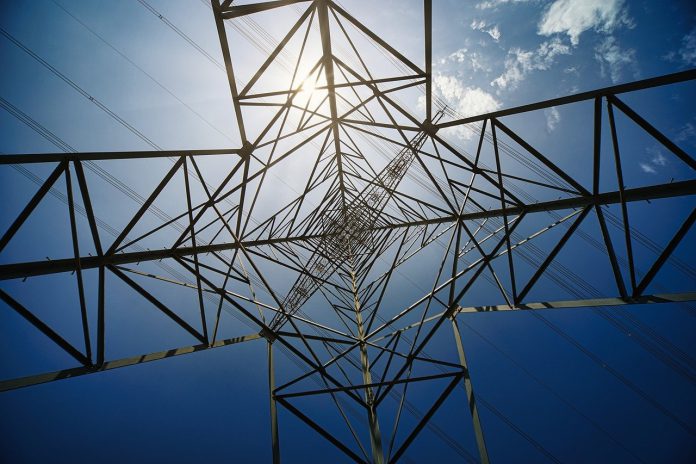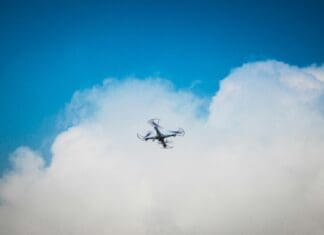This post is also available in:
 עברית (Hebrew)
עברית (Hebrew)
A new and innovative AI system prevents power outages by automatically rerouting electricity within milliseconds. Created in collaboration between researchers from the University of Texas at Dallas and engineers from the University at Buffalo in New York, the system is claimed to detect and repair issues in electrical grids without requiring human intervention.
The researchers are calling it an early illustration of “self-healing grid” technology, which in the future could independently heal itself even if storm damage occurs to power lines.
Dr. Jie Zhang from the Erik Jonsson School of Engineering and Computer Science said that the goal is to find the optimal path to send power to the majority of users as quickly as possible, but added that more research is needed before the system can be implemented. Currently, the system is categorized under “self-healing smart grids”, which are distinguished by fast-acting, intelligent control mechanisms that minimize power disruptions during outages.
According to Interesting Engineering, the researchers used a machine learning technique known as “graph reinforcement learning” that analyzes and manages the complex power grid network – this “graph machine learning” involves describing a network’s topology, the way the various components are arranged in relation to each other, and how electricity moves through the system.
The system was reportedly tested on different network setups and demonstrated near-optimal real-time performance, considerably reduced energy loss during outages and worked effectively across various scenarios. The tests also showed that the system can reroute electricity in milliseconds – much faster than the current human-controlled systems, which can take minutes to even hours.
Study co-author Dr. Yulia Gel also emphasized the role of network topology in terms of applying AI to solve problems in other complex systems, such as critical infrastructure and ecosystems: “In this interdisciplinary project, by leveraging our team expertise in power systems, mathematics, and machine learning, we explored how we can systematically describe various interdependencies in the distribution systems using graph abstractions,” he said, “We then investigated how the underlying network topology, integrated into the reinforcement learning framework, can be used for more efficient outage management in the power distribution system.”
UTD electrical engineering doctoral student Roshni Anna Jacob said in a statement that in cases when electricity is blocked because of line faults, the system can reconfigure using switches and draw power from available sources in close proximity, stating: “You can leverage those power generators to supply electricity in a specific area.”


























